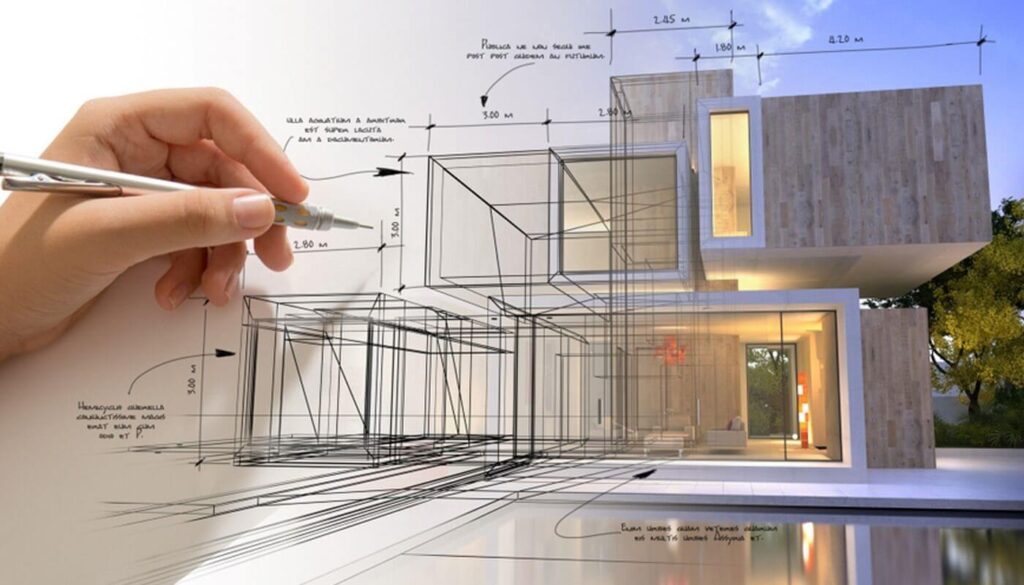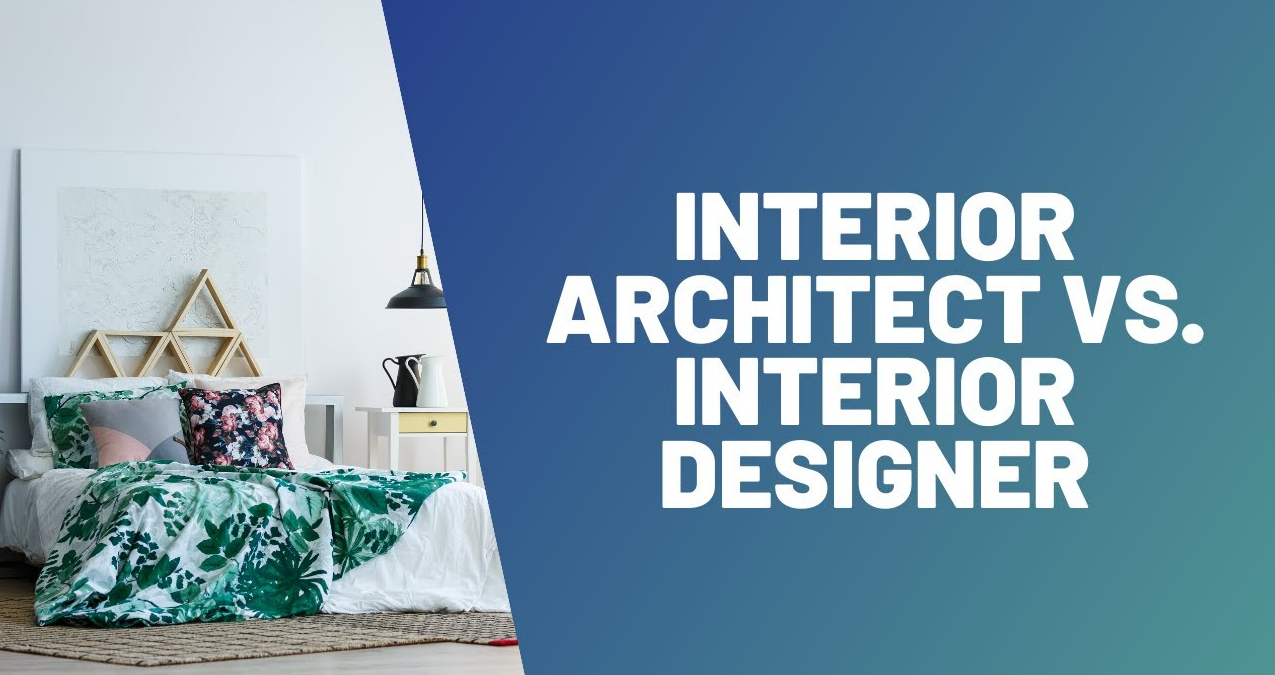The Art of Balance: Just How Interior Design and Home Architect Collaborate for Stunning Results
In the realm of home design, striking a balance in between looks and functionality is no tiny task. This fragile equilibrium is attained through the unified collaboration in between indoor designers and architects, each bringing their unique knowledge to the table. Stay with us as we check out the complexities of this collaborative process and its transformative influence on home design.
Recognizing the Core Differences Between Interior Decoration and Home Design
While both Interior Design and home style play necessary functions in developing cosmetically pleasing and practical spaces, they are naturally various techniques. Home style primarily concentrates on the structural elements of the home, such as constructing codes, security regulations, and the physical construction of the area. It handles the 'bones' of the structure, dealing with spatial measurements, bearing walls, and roofing system layouts. On the other hand, Interior Design is much more concerned with enhancing the sensory and visual experience within that framework. It includes picking and arranging furnishings, choosing color pattern, and incorporating attractive aspects. While they operate in tandem, their duties, obligations, and locations of experience deviate significantly in the production of a harmonious home environment.
The Synergy Between Home Design and Interior Decoration
The synergy between home design and Interior Design depends on a shared vision of design and the enhancement of practical looks. When these 2 fields align harmoniously, they can transform a space from average to remarkable. This partnership needs a much deeper understanding of each technique's concepts and the capacity to develop a cohesive, visually pleasing atmosphere.
Unifying Style Vision
Combining the vision for home style and interior design can develop a harmonious living space that is both useful and cosmetically pleasing. It promotes a collaborating technique where architectural components enhance interior layout parts and vice versa. Hence, unifying the style vision is critical in blending style and interior layout for sensational outcomes.
Enhancing Practical Looks
Exactly how does the synergy in between home architecture and Interior Design enhance useful aesthetic appeals? This synergy makes it possible for the development of rooms that are not only aesthetically attractive but additionally conveniently usable. Designers lay the groundwork with their architectural design, making certain that the room is reliable and practical. The interior designer after that enhances this with thoroughly selected components that boost the aesthetic appeals without endangering the functionality. This harmonious partnership can cause homes that are both beautiful and liveable. A designer may create a residence with large windows and high ceilings. The indoor developer can after that accentuate these functions with sheer curtains and high plants, specifically, hence improving the aesthetic allure while maintaining the useful advantages of natural light and space.
Significance of Collaboration in Creating Balanced Spaces
The cooperation between indoor designers and architects is crucial in producing balanced areas. It brings harmony between design and style, bring to life rooms that are not just cosmetically pleasing but likewise practical. Exploring successful joint methods can offer understandings into exactly how this harmony can be efficiently attained.
Integrating Design and Style
Balance, an essential element of both Interior Design and design, can just truly be accomplished when these 2 fields job in harmony. This harmony is not just an aesthetic factor to consider; it affects the performance, resilience, and eventually, the livability of a space. Interior developers and architects must understand each various other's duties, respect their expertise, and interact effectively. They should take into consideration the interplay of structural aspects with style, the flow of areas, and the effect of light and shade. This collaborative procedure causes a cohesive, balanced style where every component contributes and has an objective to the total aesthetic. Consequently, harmonizing style and style is not practically developing beautiful spaces, but about crafting spaces that work perfectly for their residents.
Effective Collective Techniques

Instance Researches: Successful Assimilation of Style and Architecture
Analyzing several study, it emerges exactly how the anonymous successful assimilation of Interior Design and style can change an area. The Glass Home in Connecticut, renowned for its minimalistic sophistication, is one such instance. Designer Philip Johnson and interior designer Mies van der Rohe teamed up to create a harmonious balance in between the interior and the structure, leading to a smooth circulation from the outside landscape to the inner living quarters. Another top article prototype is the Fallingwater Home in Pennsylvania. Architect Frank Lloyd Wright and interior developer Edgar Kaufmann Jr.'s collaborative initiatives lead to an amazingly unique home that mixes with its natural environments. These case research studies underscore the profound effect of an effective design and architecture collaboration.

Conquering Challenges in Design and Architecture Collaboration
Regardless of the obvious advantages of a successful partnership in between Interior Design and architecture, it is not without its difficulties. Communication problems can occur, as both events may utilize various terminologies, understandings, and strategies in their work. This can bring about misunderstandings and delays in job completion. One more major challenge is the harmonizing act of looks and performance. Engineers may focus on architectural stability and safety and security, while designers concentrate on comfort and style. The assimilation of these goals can be intricate. Additionally, budget plan and timeline restraints commonly add pressure, possibly creating rifts in the cooperation. Effective communication, shared understanding, and concession are critical to overcome these difficulties and accomplish a effective and harmonious collaboration.

Future Trends: The Advancing Connection Between Home Architects and Interior Designers
As the world of home layout remains to advance, so does the connection in between designers and indoor developers. The trend leans in the direction of a much more joint and incorporated approach, damaging free from typical roles. Designers are no more exclusively concentrated on architectural integrity, however additionally participate in boosting visual charm - Winchester architect. Conversely, interior developers are embracing technological facets, affecting total layout and performance. This advancing Look At This symbiosis is driven by improvements in modern technology and the expanding demand for spaces that are not only aesthetically pleasing yet additionally practical and sustainable. The future assures a much more natural, cutting-edge, and flexible approach to home design, as designers and designers remain to obscure the lines, cultivating a relationship that truly embodies the art of balance.
Verdict
The art of equilibrium in home style is accomplished with the harmonious cooperation in between interior designers and architects. An understanding of each various other's self-controls, effective communication, and shared vision are crucial in creating aesthetically stunning, useful, and welcoming areas. In spite of obstacles, this collaboration fosters growth and innovation in style. As the partnership in between home designers and indoor developers progresses, it will remain to form future trends, boosting convenience, performance, and individual expression in our space.
While both indoor design and home design play important duties in creating cosmetically pleasing and functional areas, they are naturally different techniques.The synergy between home style and interior style exists in a shared vision of style and the improvement of functional visual appeals.Linking the vision for home architecture and indoor layout can produce an unified living room that is both functional and visually pleasing. Thus, unifying the style vision is critical in blending style and interior design for magnificent results.
Just how does the harmony between home architecture and interior style boost functional looks? (Winchester architect)